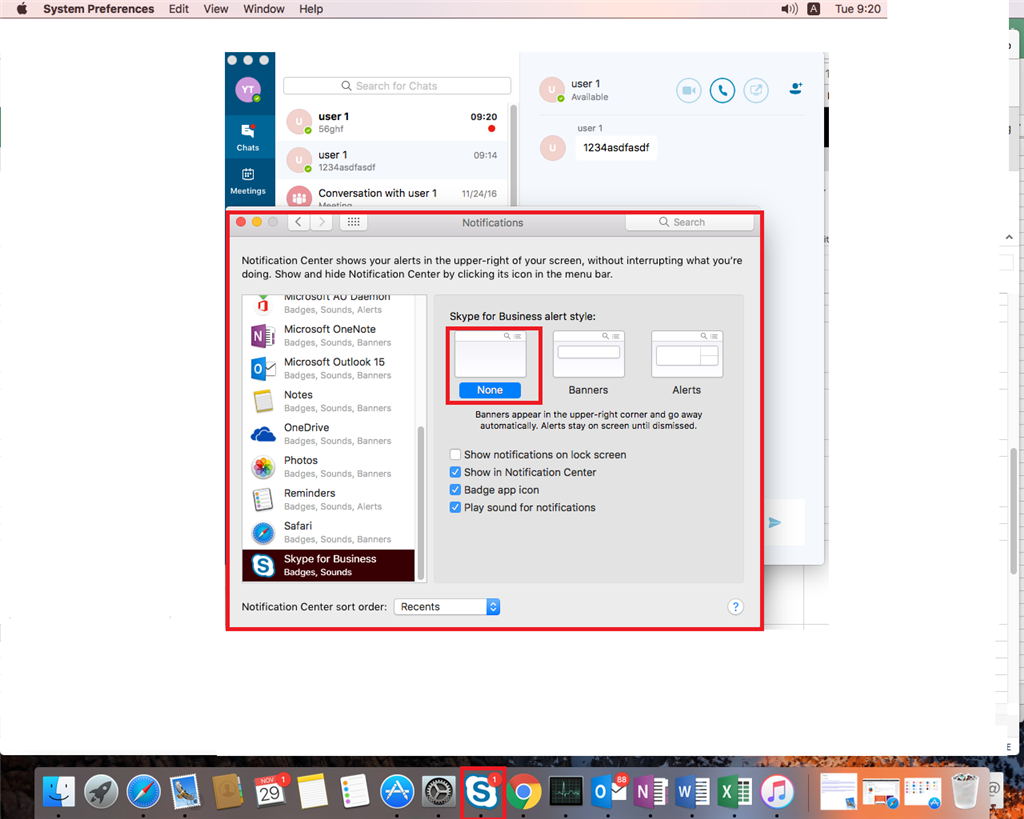

The -y switch can be used to show the TCP connection template for all connection. Use the -x option to show all NetworkDirect listeners, connections, and shared endpoints. Use the -t switch to show the current TCP chimney offload state in place of the typically displayed TCP state.

You can limit the statistics shown to a particular protocol by using the -soption and specifying that protocol, but be sure to use -s before -p protocol when using the switches together. The -s option can be used with the netstat command to show detailed statistics by protocol. This is the same as using the route command to execute route print. If you use -s with -p to view statistics by protocol, you can use icmp, ip, icmpv6, or ipv6 in addition to the first four I mentioned.Įxecute netstat with -r to show the IP routing table. When specifying a protocol with the -p option, you can use tcp, udp, tcpv6, or udpv6. You can not define more than one protocol at once, nor can you execute netstat with -p without defining a protocol. Use the -p switch to show connections or statistics only for a particular protocol. See the example below for more about using netstat -o.

Depending on your current network connections, using this switch could considerably reduce the time it takes for netstat to fully execute.Ī handy option for many troubleshooting tasks, the -o switch displays the process identifier (PID) associated with each displayed connection. Use the -n switch to prevent netstat from attempting to determine host names for foreign IP addresses. The -f switch will force the netstat command to display the Fully Qualified Domain Name (FQDN) for each foreign IP addresses when possible. This data includes bytes, unicast packets, non-unicast packets, discards, errors, and unknown protocols received and sent since the connection was established. Use this switch with the netstat command to show statistics about your network connection. Using -b over -o might seem like it's saving you a step or two but using it can sometimes greatly extend the time it takes netstat to fully execute. This netstat switch is very similar to the -o switch listed below, but instead of displaying the PID, will display the process's actual file name. This switch displays active TCP connections, TCP connections with the listening state, as well as UDP ports that are being listened to. Execute the netstat command alone to show a relatively simple list of all active TCP connections which, for each one, will show the local IP address (your computer), the foreign IP address (the other computer or network device), along with their respective port numbers, as well as the TCP state.


 0 kommentar(er)
0 kommentar(er)
